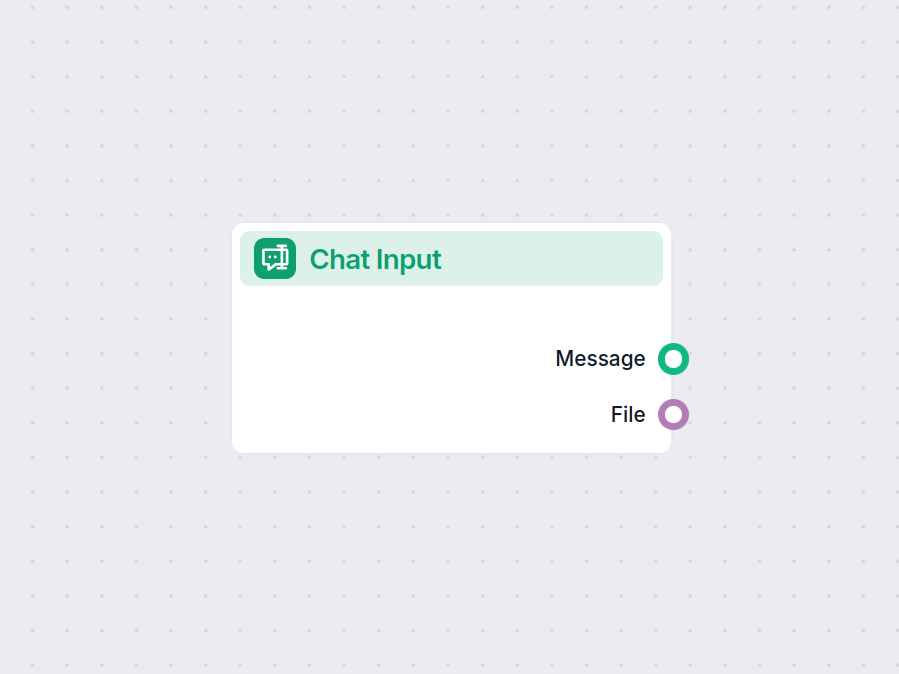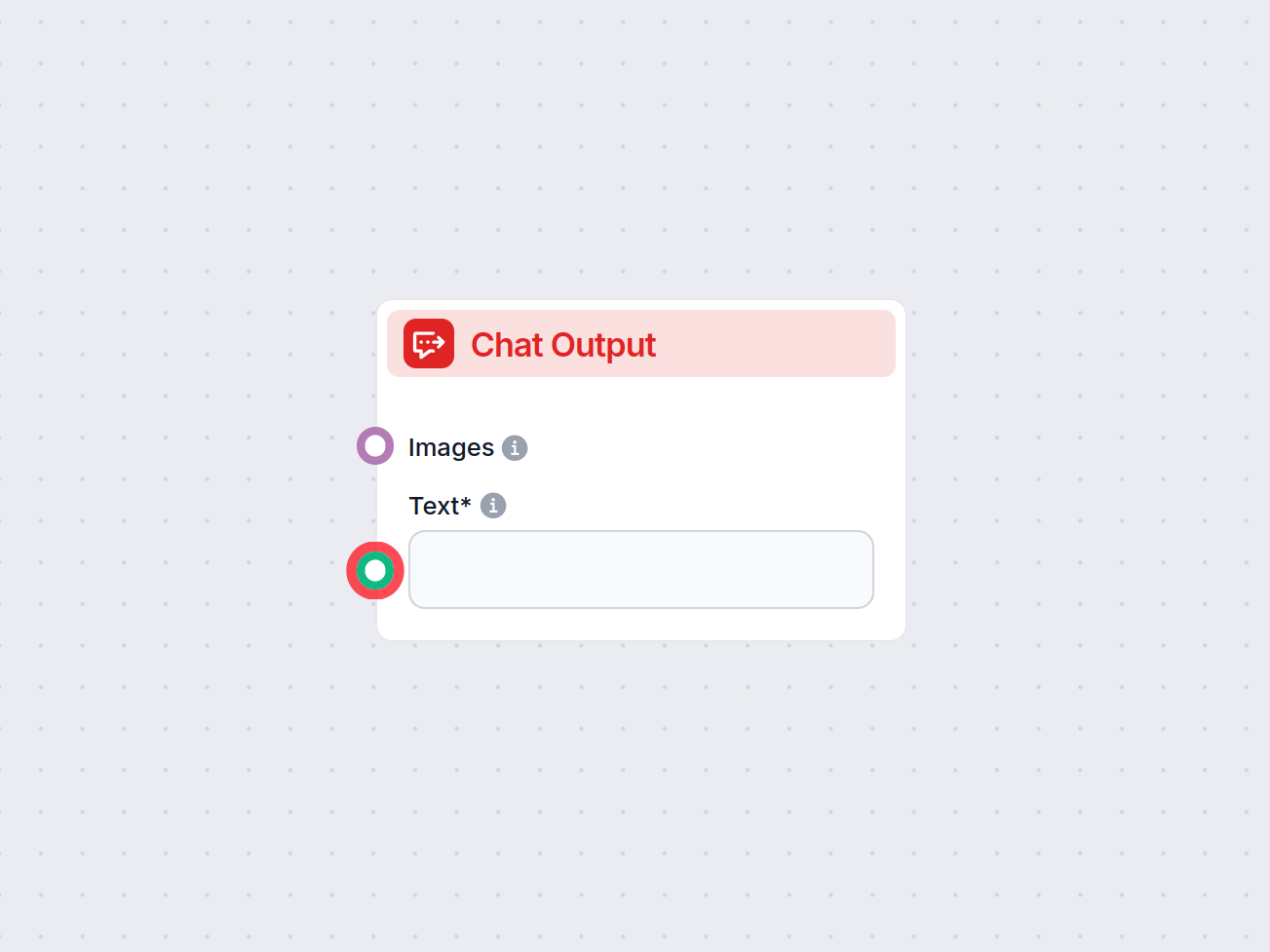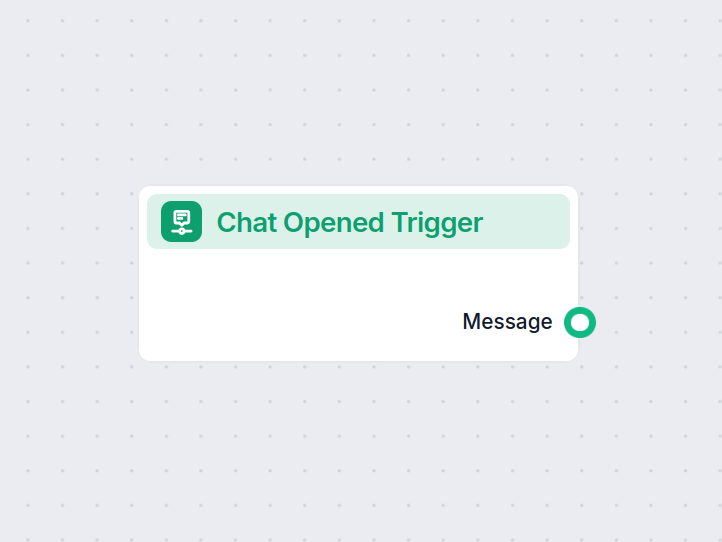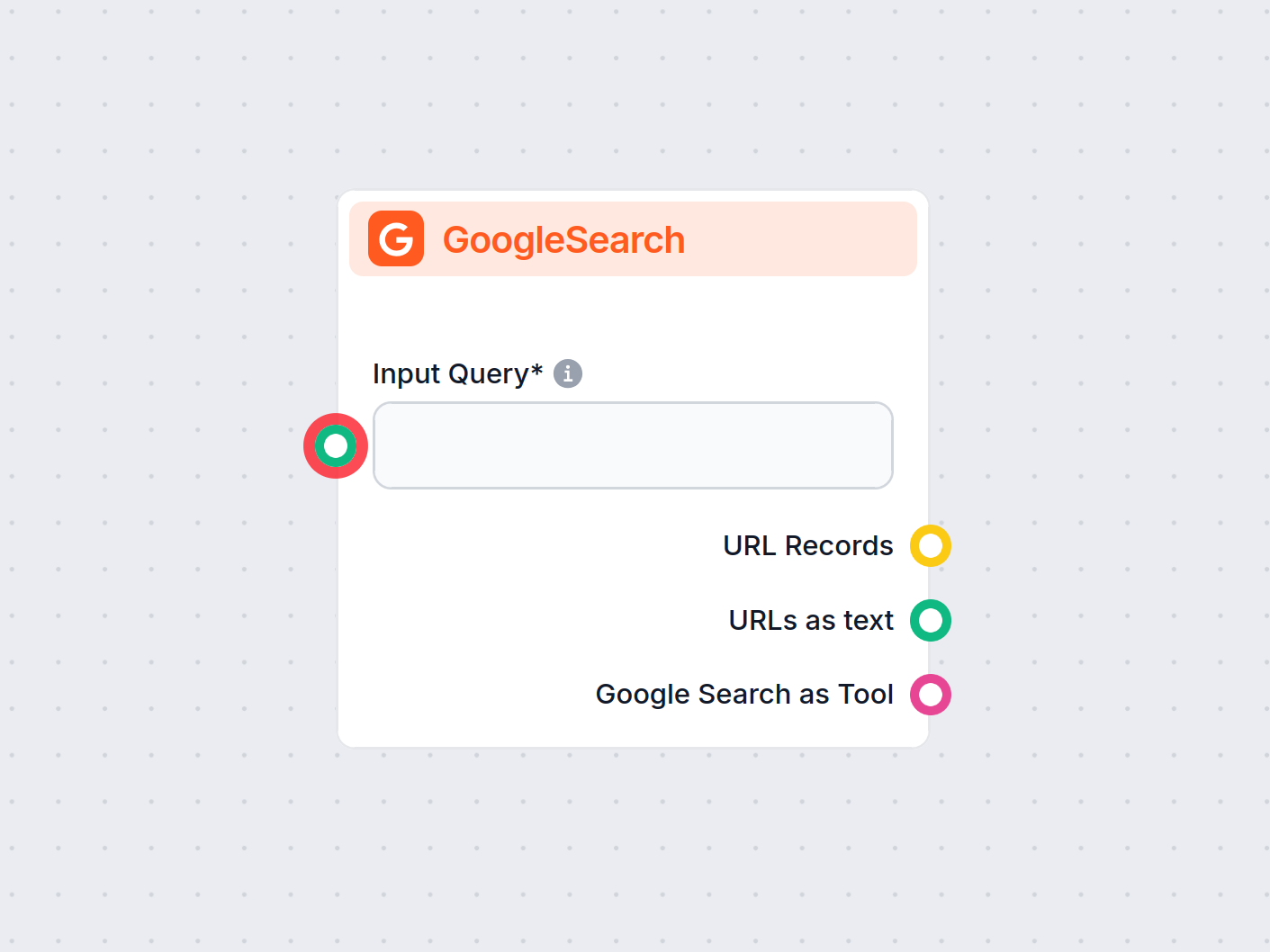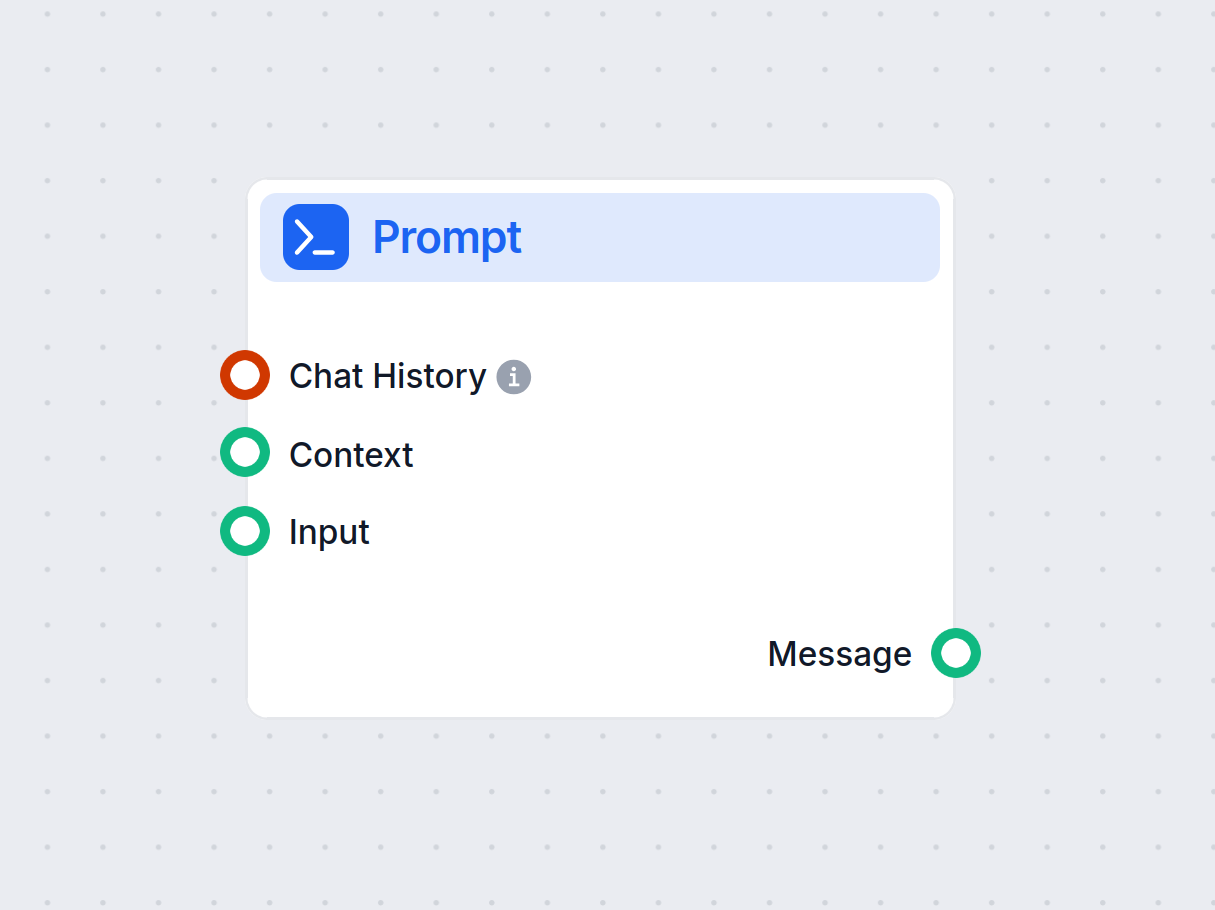Flow description
Purpose and benefits
Unique Web Page Title Generator – Workflow Description
This workflow automates the process of generating unique, high-ranking page titles for web pages, based on input keywords. By leveraging Google Search results and an advanced AI language model, it creates SEO-optimized titles tailored to your target keywords. This is highly useful for content creators, SEO specialists, and digital marketers who need to scale content production and ensure their pages stand out in search engine results.
Workflow Overview
The workflow is structured to take user input (the keywords you want your page to rank for), expand on those keywords, analyze real-time Google search results, and generate an attention-grabbing, SEO-friendly title. The process is interactive and can be triggered via a chat interface or by clicking example buttons.
Step-by-Step Process
User Input & Triggers
- The user can enter keywords directly via a chat input or click on predefined example buttons (e.g., “sustainable fashion tips,” “AI tools,” “History of Slovakia”).
- When the chat is opened, the workflow presents these button options to guide the user.
Query Expansion
- The entered keywords are paraphrased into up to 3 alternative queries. This broadens the scope and ensures the search will cover various semantic interpretations of the user’s intention.
Google Search Integration
- Each expanded query is used to search Google in real time.
- The workflow retrieves the top 10 URLs and their content for each query. This ensures the title generator is grounded in what’s currently ranking and relevant.
Prompt Construction
- The workflow creates a dynamic prompt that includes:
- The original input keywords
- The compiled Google Search results
- Instructions for the AI to generate a title no longer than 60 characters and to respect the detected language.
- This prompt is carefully structured to provide the AI with both user intent and context from real search results.
AI Title Generation
- The prompt, along with the model (OpenAI’s o1-preview), is sent to a text generator node.
- The AI processes the information and generates a unique, concise, and SEO-friendly page title.
Output Delivery
- The generated title is displayed back to the user via the chat interface.
Example User Journey
| Step | User Action/Input | System Response |
|---|
| 1. Chat Opens | - | Presents buttons: “sustainable fashion tips”, etc. |
| 2. Input Keywords | “AI tools” (typed or click) | Confirms input selection |
| 3. Expansion | (automatic) | Generates alternative queries |
| 4. Google Search | (automatic) | Retrieves top 10 search results per query |
| 5. Title Generation | (automatic) | AI creates an optimized page title |
| 6. Output | - | Displays the title to the user |
Key Components
- Interactive UI: Uses chat triggers and button widgets for easy user interaction.
- Semantic Query Expansion: Boosts search effectiveness by covering keyword variations.
- Live Google Search: Ensures that generated titles reflect current trends and top-ranked content.
- Dynamic Prompting: Combines user input and contextual web data for the AI.
- AI-Powered Generation: Utilizes OpenAI’s language model for high-quality, creative output.
Benefits and Use Cases
- Scalability: Automates title creation for hundreds or thousands of pages, saving manual effort.
- SEO Optimization: Titles are based on what is currently ranking, increasing the likelihood of better search performance.
- Consistency: Ensures all page titles follow best practices (length, relevance, language).
- Adaptability: Easily adjust for different topics or languages by changing input keywords.
Why Is This Useful?
Creating catchy, SEO-friendly page titles is critical for digital content success but can be tedious and error-prone at scale. This workflow brings together best-in-class automation and AI, ensuring that every page gets a unique, data-driven, and optimized title with minimal human intervention. It’s ideal for agencies, large websites, and anyone looking to streamline and enhance their content production workflow.



